When you step into a Dubai spa and see a bottle labeled Moroccan body wash, you might wonder what sets it apart from your everyday shower gel. Moroccan body wash is a nutrient‑rich cleansing product inspired by the traditional hammam rituals of Morocco. It blends exfoliating clays, moisturizing oils, and aromatic botanicals to turn a quick rinse into a mini‑spa experience. This guide breaks down where it comes from, why it matters for skin health, and how to get the most out of it in your Dubai routine.
Understanding the Basics of Moroccan Body Wash
Origins and History
The concept traces back to the Moroccan hammam, a public steam bath that dates to the 8th‑century Arab world. In the hammam, people scrub their skin with a gritty paste made from Ghassoul clay and black soap. The ritual not only cleaned but also opened pores, preparing the body for oil‑based moisturizers. Modern manufacturers adapted this paste into a liquid wash, adding fragrant oils and preserving the deep‑cleaning qualities while making it convenient for home use.
Core Principles or Components
Three ingredients form the backbone of most Moroccan body washes:
- Argan oil - a lightweight, vitamin‑E‑rich oil that replenishes the skin’s natural lipids.
- Ghassoul clay (also called rhassoul) - a mineral‑dense clay that absorbs excess oil and gently polishes dead skin cells.
- Black soap - traditionally made from olive oil and crushed olive stones, it adds a creamy lather and extra exfoliation.
Many formulas also sprinkle in Eucalyptus essential oil for a refreshing scent and mild antiseptic benefits.
How It Differs from Related Practices
While a regular body wash mainly removes surface dirt, Moroccan body wash aims for a two‑step effect: cleanse + exfoliate + nourish. The table below highlights key differences.
| Feature | Moroccan Body Wash | Regular Body Wash |
|---|---|---|
| Exfoliation | Clay + black soap granules | Usually none |
| Moisture | Argan oil & vitamin E | Often synthetic moisturizers |
| Scent Profile | Eucalyptus, orange blossom | Varies, often synthetic |
| Skin Benefits | Detoxifies, improves elasticity | Basic cleaning |
Who Can Benefit from Moroccan Body Wash?
Anyone looking for a deeper clean can profit, but a few groups see extra value:
- People with oily or combination skin - the clay absorbs excess sebum without over‑drying.
- Those dealing with occasional breakouts - gentle exfoliation helps keep pores clear.
- Travelers and expats in Dubai - a quick hammam‑style cleanse can replace a pricey spa session.
- Anyone craving a sensory ritual - the aroma and texture turn a mundane shower into a moment of self‑care.
Benefits of Moroccan Body Wash for Skin Health
Deep Cleansing & Detoxification
Ghassoul’s silica, magnesium, and potassium draw out impurities while loosening dead skin. A study by the International Journal of Cosmetic Science (2023) found that clay‑based cleansers reduced surface oil by up to 22 % after two weeks of use.
Intensive Hydration
Argan oil delivers a natural dose of essential fatty acids and vitamin E, which seal moisture and improve barrier function. Users often notice softer skin within a few showers.
Enhanced Radiance
The combination of exfoliation and oil creates a subtle “glow‑boost.” Black soap’s mild saponification also evens skin tone, making it a favorite for those who want a natural radiance without harsh chemicals.
Practical Everyday Applications
Because the product is liquid, you can keep a bottle on the bathroom shelf, in the gym bag, or even travel‑size for a weekend in the desert. The table below sums up the main benefits.
| Benefit | Description | Impact |
|---|---|---|
| Exfoliation | Clay granules remove dead cells | Smoother texture |
| Moisture Retention | Argan oil seals hydration | Reduced dryness |
| Detox | Minerals bind pollutants | Cleaner pores |
| Relaxation | Eucalyptus aroma calms mind | Stress relief |
What to Expect When Using Moroccan Body Wash
Setting or Context
Ideally, use warm water to open pores, much like the steam phase of a hammam. If you have a rain‑shower head, let the water cascade for a few minutes before reaching for the bottle.
Key Processes or Steps
- Wet skin thoroughly.
- Dispense a nickel‑size amount onto a loofah or silicone scrub pad.
- Massage in circular motions for 30‑45 seconds, focusing on elbows, knees, and the back.
- Rinse with warm water, then finish with a cool splash to close pores.
Customization Options
Want extra zest? Add a few drops of Rose water to the bottle. For sensitive skin, choose a version that omits black soap and relies on milder Oat extract.
Communication and Preparation
If you’re at a Dubai spa, let the therapist know if you have any allergies to nuts (argan oil is pressed from kernels). A quick heads‑up helps them tailor the ritual.
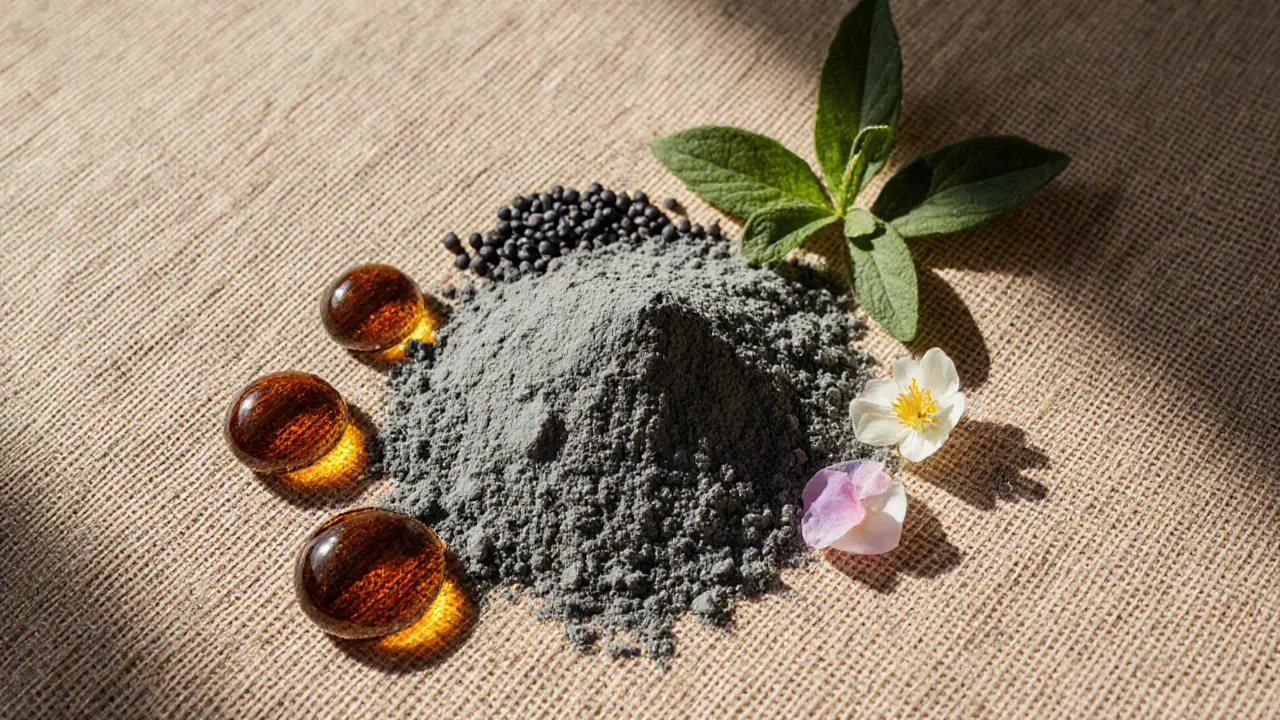
How to Practice or Apply Moroccan Body Wash
Setting Up for Success
Keep a clean, non‑slipping surface in the shower. Place a small stool if you need to reach higher spots comfortably.
Choosing the Right Tools/Resources
A soft loofah works well, but many enthusiasts prefer a natural konjac sponge because it’s biodegradable and gentle on sensitive areas.
Step‑By‑Step Guide
- Prepare warm water (about 38 °C).
- Apply the wash to a damp loofah; you should see a light froth.
- Begin at the neck, move downwards, using long strokes.
- Pay special attention to oil‑prone zones - the T‑zone, back, and shoulders.
- Rinse thoroughly; any residue can feel gritty.
- Pat skin dry and follow with a light moisturizer, preferably one that also contains argan oil.
Tips for Beginners or Couples
If it’s your first time, start with a shorter massage-15 seconds per area-to see how your skin reacts. Couples can turn it into a shared ritual: one person lathers while the other enjoys a gentle back‑rub, then switch.
Safety and Ethical Considerations
Choosing Qualified Practitioners/Resources
When buying from a Dubai spa, ask for the product’s ingredient list and confirm that the argan oil is “cold‑pressed, certified organic.” This assures purity and avoids hidden silicones.
Safety Practices
| Practice | Purpose | Example |
|---|---|---|
| Patch test | Check for allergic reaction | Apply a small amount on inner forearm, wait 15 min |
| Avoid over‑exfoliation | Prevent skin irritation | Limit use to 3‑4 times per week |
| Store away from heat | Preserve oil quality | Keep bottle in a cool cabinet |
Setting Boundaries
If you’re in a spa setting, let the therapist know the pressure level you prefer. The scrubbing action can be adjusted from “light” to “firm” based on comfort.
Contraindications or Risks
People with severe eczema, open wounds, or a history of allergic reactions to nuts should avoid argan‑based formulas. In such cases, a plain glycerin wash is safer.
Enhancing Your Experience with Moroccan Body Wash
Adding Complementary Practices
Combine the wash with a short steam session-either a handheld steamer or a hot towel wrapped around the shoulders. The steam opens pores, letting the clay work deeper.
Collaborative or Solo Engagement
Solo users can play a calming playlist of oud music; couples might share a scented candle with notes of orange blossom, echoing Moroccan markets.
Using Tools or Props
A wooden body brush adds a firmer massage, while a silicone exfoliating glove offers a softer feel. Choose based on skin sensitivity.
Regular Engagement for Benefits
Using the wash two to three times a week yields visible improvements in texture within a month. Consistency also helps maintain the skin’s natural microbiome.
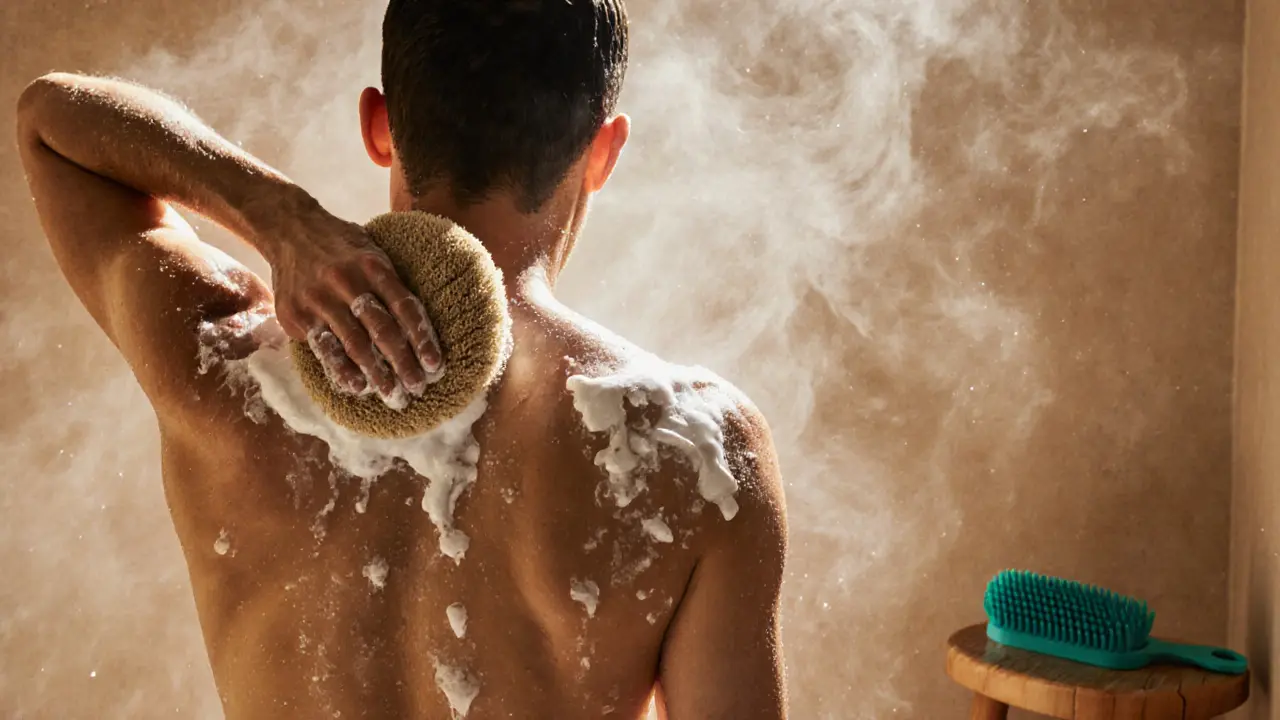
Finding Resources or Experts for Moroccan Body Wash
Researching Qualified Experts/Resources
Look for Dubai spas that are members of the International Spa Association (ISPA). Their directories list establishments that meet hygiene and staff‑training standards.
Online Guides and Communities
Forums like Reddit’s r/SkincareArabia often discuss specific brands and share user‑generated reviews. Make sure the post dates are recent (2024‑2025) for the latest formulations.
Legal or Cultural Considerations
While Morocco’s traditional hammam is a cultural heritage, commercial products must comply with UAE’s cosmetics regulations (Emirates Authority for Standardisation and Metrology). Verify that the label includes the required batch number and expiry date.
Resources for Continued Learning
Books such as “The Art of Hammam” (2022) dive deeper into the history and modern adaptations. YouTube channels like “Moroccan Beauty Secrets” post step‑by‑step tutorials in both Arabic and English.
FAQ: Common Questions About Moroccan Body Wash
What does Moroccan body wash feel like compared to regular soap?
It feels slightly gritty at first because of the clay particles, then turns into a silky lather thanks to the black soap and argan oil. The transition gives a gentle massage sensation that most people describe as a “soft scrub.”
How often should I use it?
Three to four times a week is ideal for most skin types. If you have very dry skin, limit use to twice weekly and follow with a richer moisturizer.
Is it suitable for men?
Absolutely. The scent profile is unisex-eucalyptus and orange blossom appeal to both genders, and the cleansing power works on any body hair or skin type.
Can I use it on my face?
It’s best reserved for the body. The clay can be too abrasive for delicate facial skin unless you choose a specifically formulated “facial” version.
Where can I buy authentic Moroccan body wash in Dubai?
High‑end boutiques in Alserkal Avenue, the Hamam Marrakech lounge, and reputable online marketplaces that list origin details are reliable sources. Always check for the UAE cosmetics registration number.
Conclusion: Why Moroccan Body Wash is Worth Exploring
A Path to Radiant, Balanced Skin
By merging exfoliation, hydration, and aromatic therapy, Moroccan body wash offers a compact version of a full hammam ritual. It’s especially handy for busy Dubai residents who want spa‑level benefits without the time commitment.
Try It Mindfully
Start with a short session, listen to how your skin feels, and adjust frequency as needed. If you have skin conditions, a dermatologist can confirm whether the ingredients suit you.
Share Your Journey
Have you tried a Moroccan body wash in a Dubai spa or at home? Drop a comment, tell us what you loved, and follow the blog for more skin‑care tips.
Some links may be affiliate links, but all recommendations are based on research and quality.

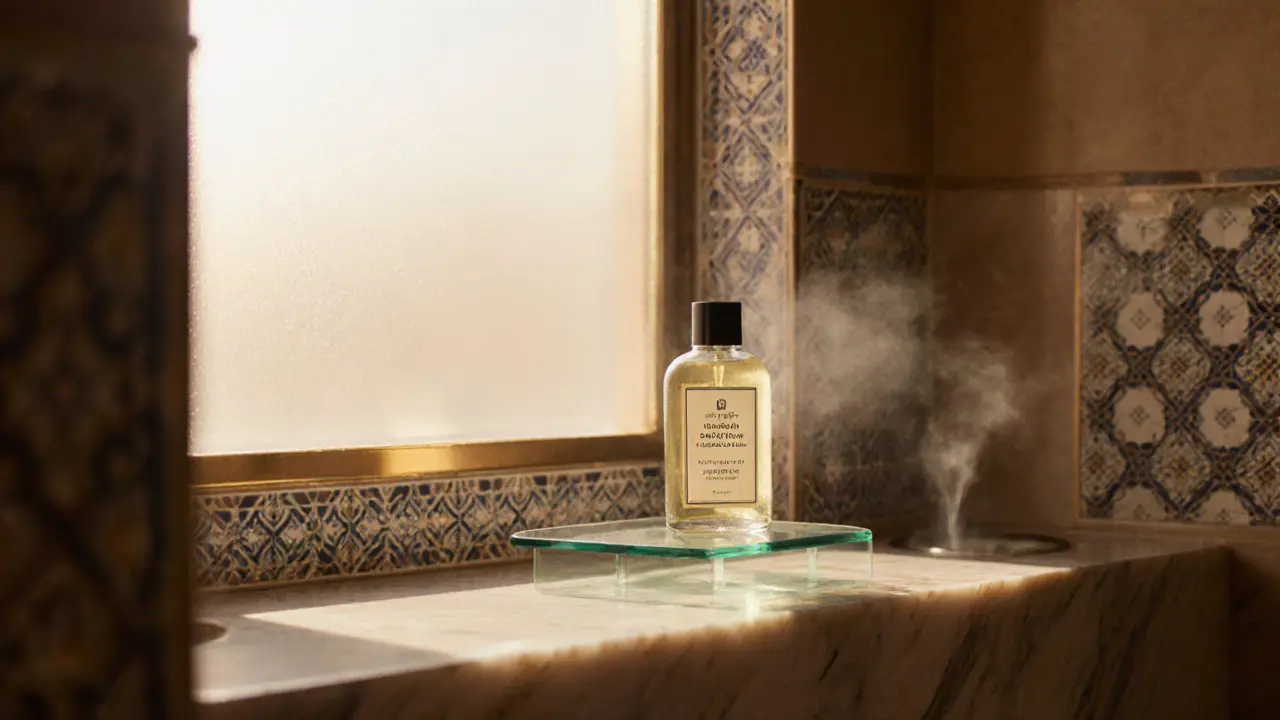
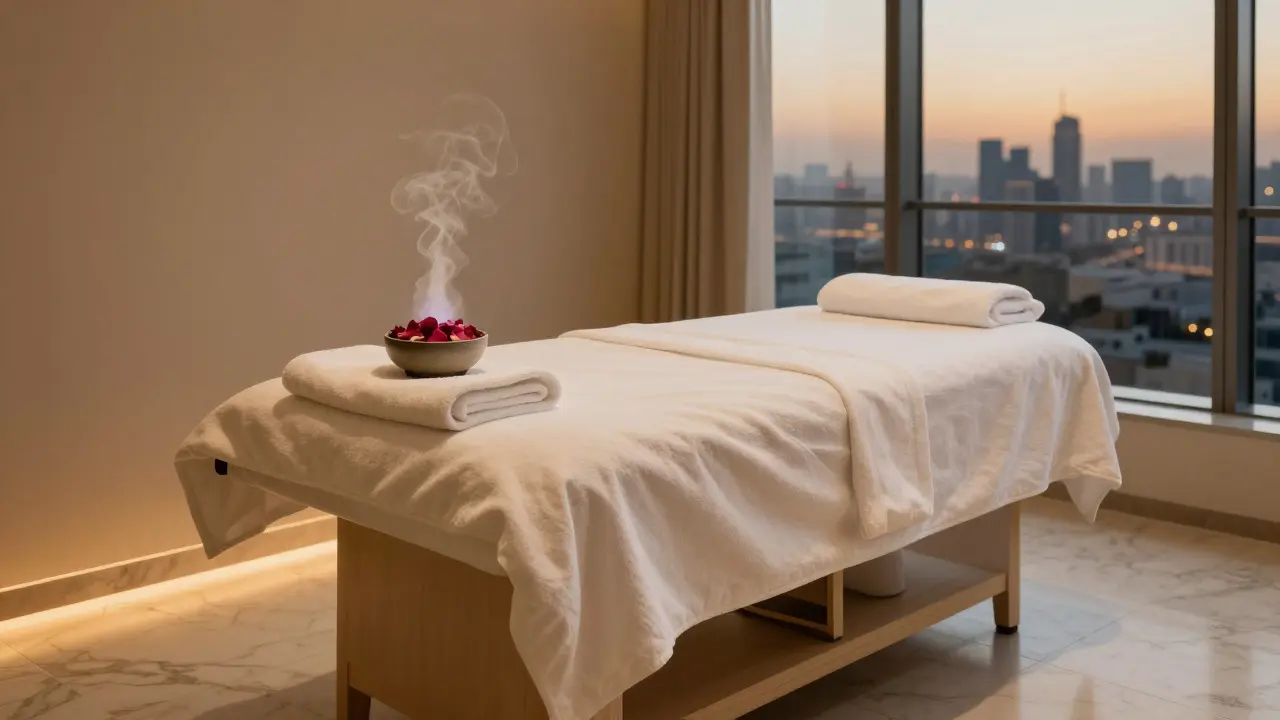
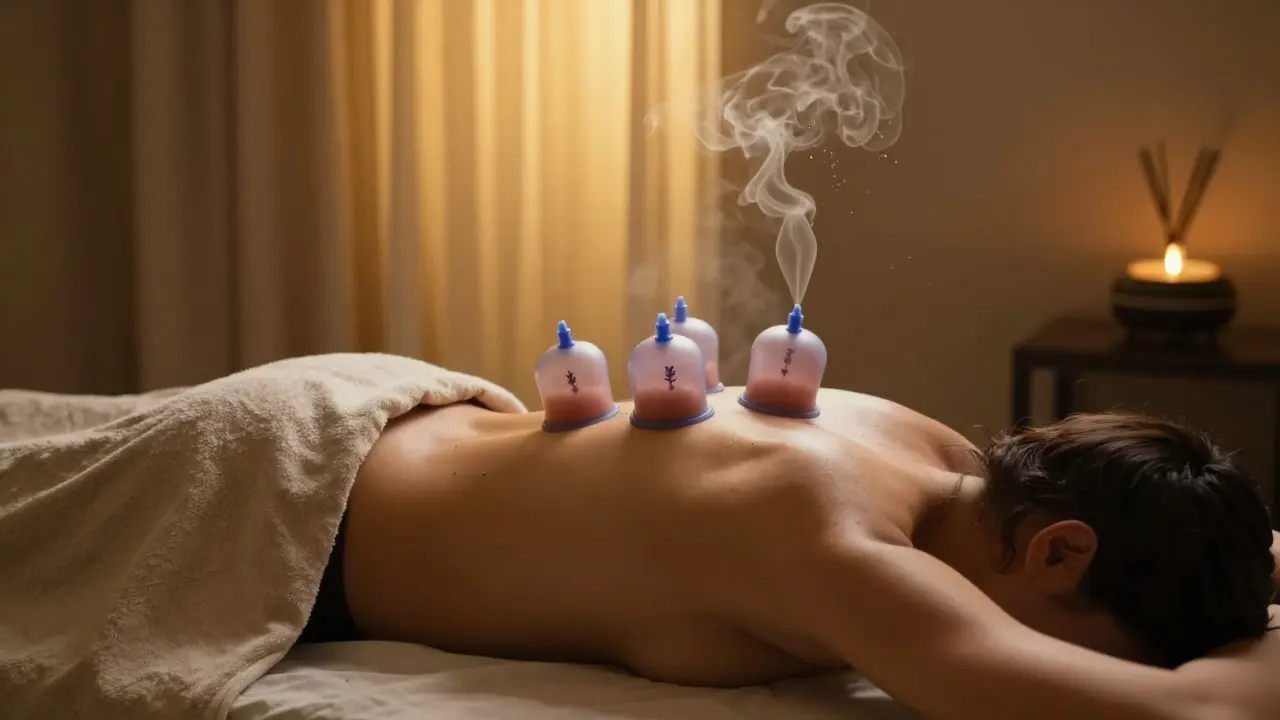
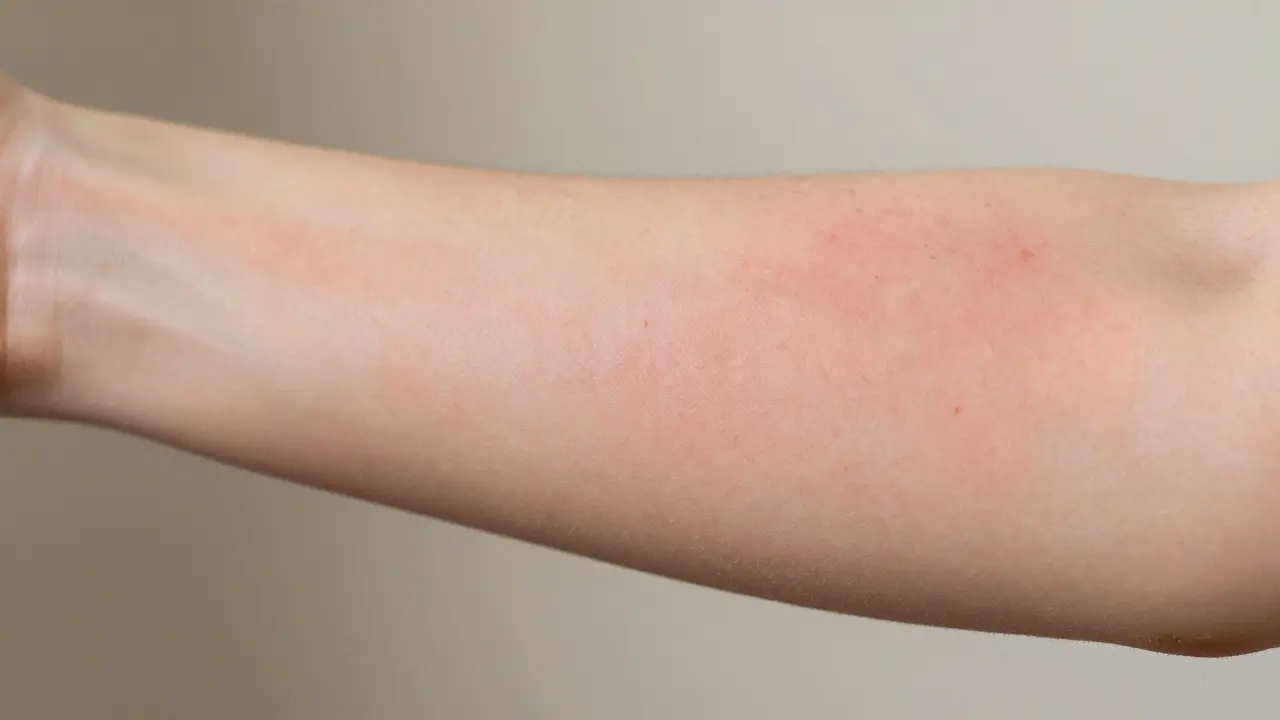
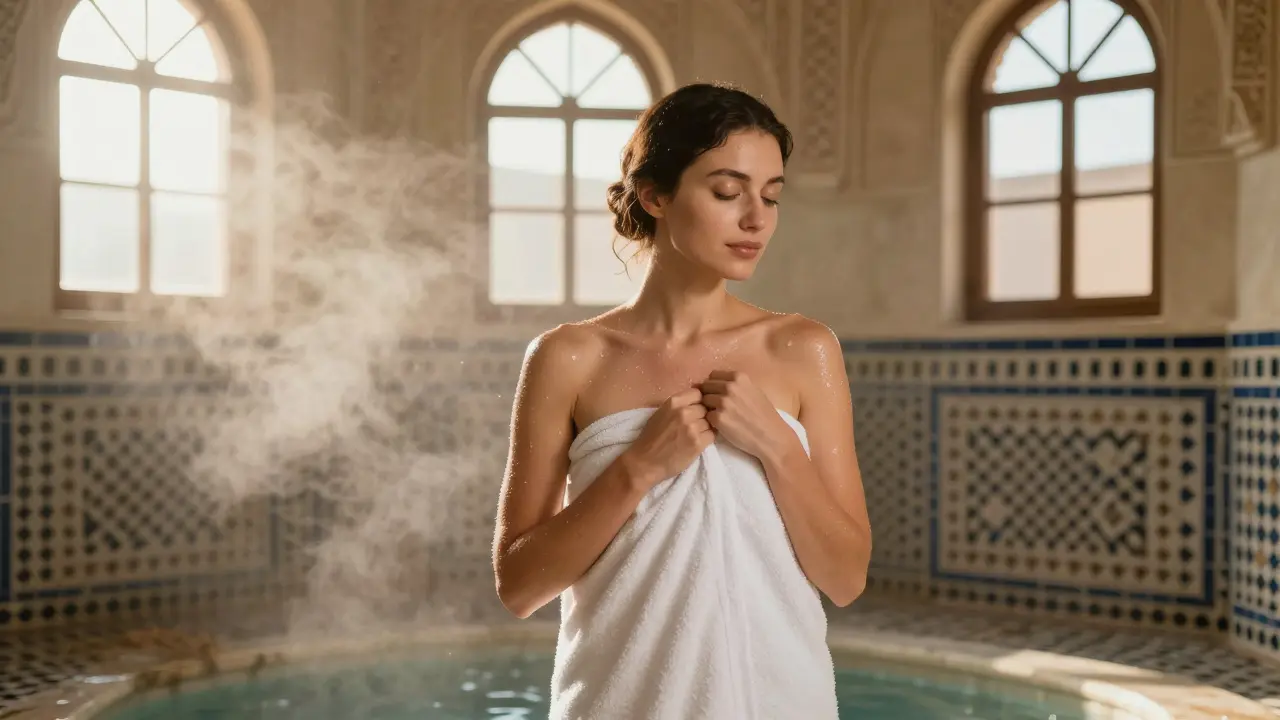
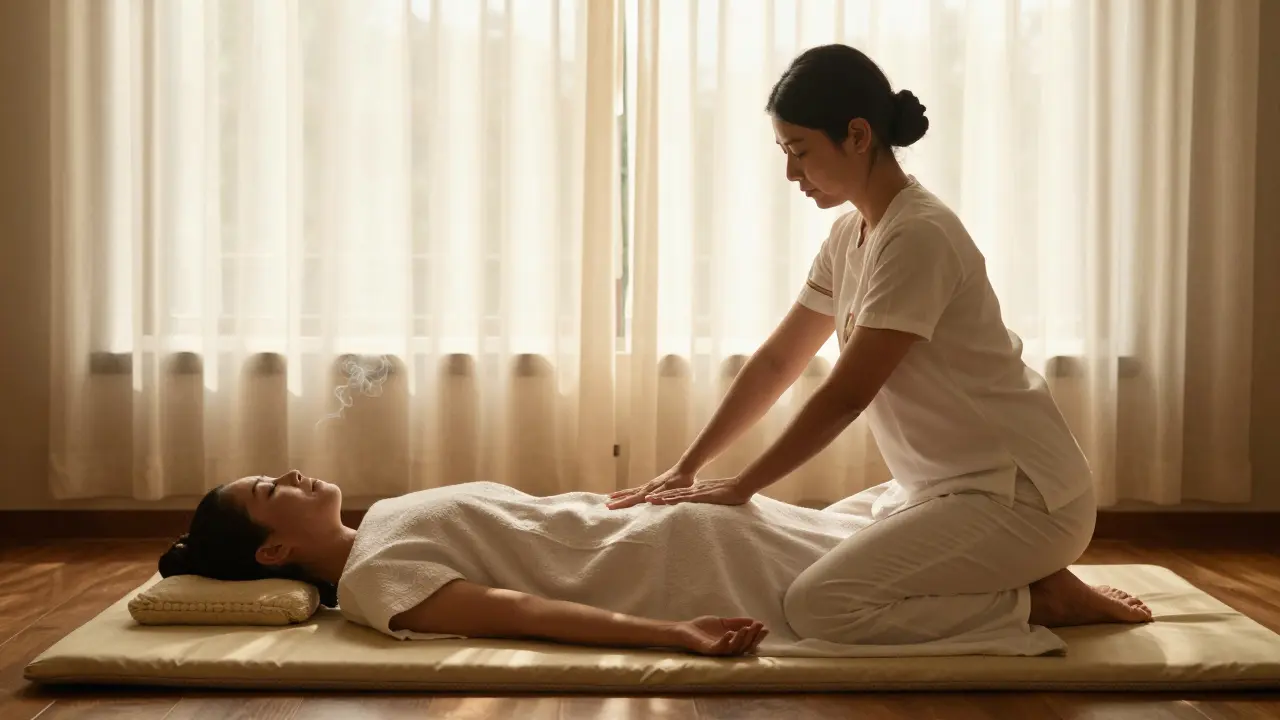
Eamon Lane
October 24, 2025 AT 13:56Sounds solid I’ll give it a try.
Graham Armstrong
October 24, 2025 AT 14:46The article clearly outlines the composition of Moroccan body wash. It mentions argan oil, ghassoul clay and black soap as core ingredients. The recommended usage steps are straightforward and easy to follow. I appreciate the concise format.
Hazel Lopez
October 24, 2025 AT 16:10I agree that the blend of exfoliating clay and nourishing oil makes this product stand out. For those with combination skin, the oil‑absorbing properties of ghassoul can be particularly beneficial. The guide’s tip about using warm water to open pores mirrors the traditional hammam routine nicely. It’s also helpful that a patch test is suggested for sensitive users. Adding a few drops of rose water, as mentioned, can customize the scent without compromising the formula. The inclusion of safety tables shows the author has done thorough research. Overall, the article balances cultural context with practical advice effectively.
Tina Reet
October 24, 2025 AT 17:33One must first recognize that the commercialization of cultural rituals often veers into superficial appropriation. The writer’s enthusiasm for a "mini‑spa" experience ignores the deeper ethical dimensions inherent in the hammam tradition. While the ingredients are laudably natural, the article fails to critique the supply chain of argan oil, which is frequently marred by exploitative labor. It is insufficient to merely advise checking for "cold‑pressed, certified organic" without addressing the socioeconomic impact on Moroccan cooperatives. Moreover, the recommendation to use the wash "two to three times a week" assumes a level of bodily privilege not afforded to all readers. The piece glosses over the environmental footprint of plastic packaging, a concern that should be front‑and‑center in any modern skincare discourse. By presenting the product as a convenient substitute for a spa, the author indirectly promotes consumerist escapism. The assertion that the scent of eucalyptus "calms the mind" is presented without empirical support, betraying a reliance on anecdotal marketing. The suggestion to combine the wash with a steam session further entrenches a luxury narrative that marginalizes those without access to such amenities. In addition, the article’s citation of a 2023 study lacks critical appraisal of methodology, leaving the reader uncertain about the validity of the claimed 22% oil reduction. The safety table, while useful, fails to mention contraindications for individuals with specific dermatological conditions beyond eczema, such as rosacea. The tone remains overly promotional, neglecting to address possible allergic reactions beyond nuts, such as sensitivity to essential oils. Readers are left with a polished veneer that disguises the complex socio‑environmental repercussions of mass‑producing heritage‑based cosmetics. Ultimately, the piece reflects a superficial fascination with exoticism rather than a responsible, informed endorsement of Moroccan body wash.
Melanie Luna
October 24, 2025 AT 18:56While the moral concerns raised are noted, it is essential to balance critique with practical guidance. For users seeking authentic products, verify the UAE cosmetics registration number on the label-this ensures regulatory compliance. Opt for brands that source argan kernels through fair‑trade cooperatives; such information is often disclosed on corporate websites. To mitigate environmental impact, consider purchasing refillable containers or bulk options where available. Finally, maintain a moderate usage schedule as advised to avoid over‑exfoliation and preserve skin barrier integrity.